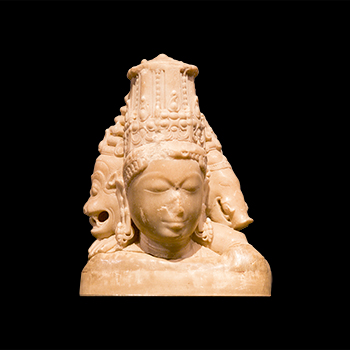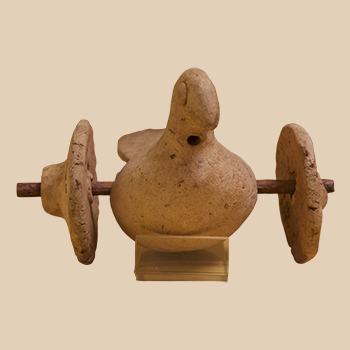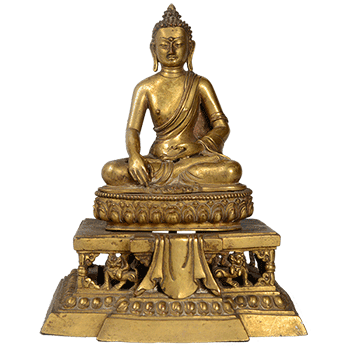Pottery is the most prolific find at all Harappan sites. These consist of a large number of pots, whole and fragmented, which are of various shapes and sizes. Some of these are even decorated with paints. The finding of such a kind indicates of an economically thriving civilization which not only caters to the need for the storage of the surplus but also has a section of its population dedicated to the making and decoration of the pots. The painting of these pots is another civilizational hallmark of the Indus Valley.






























